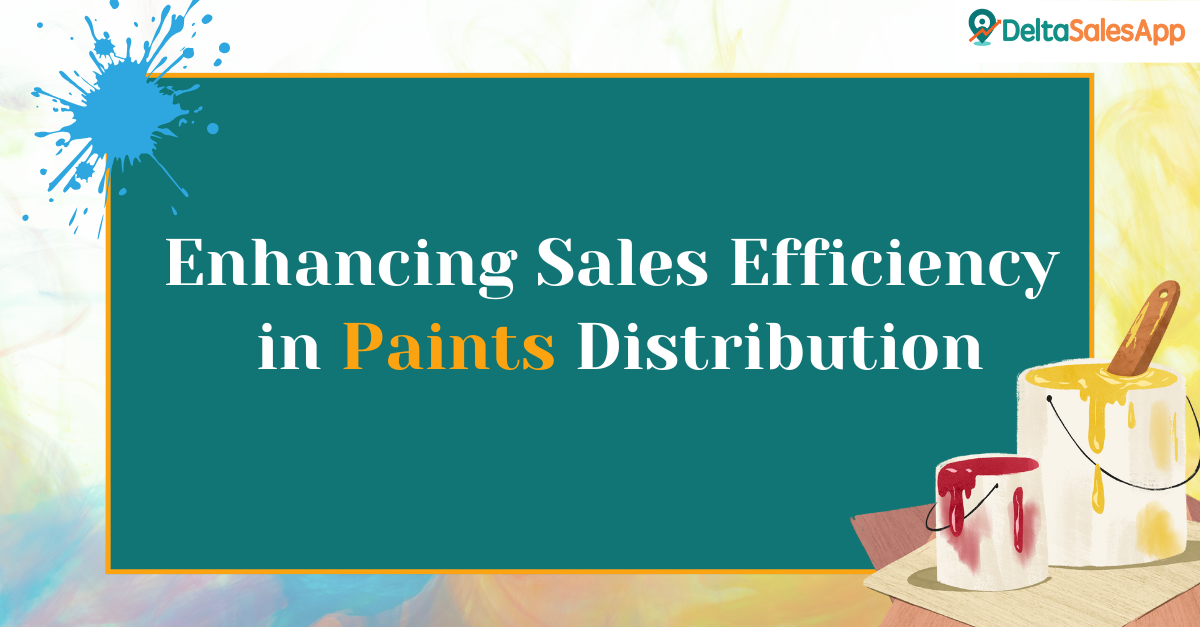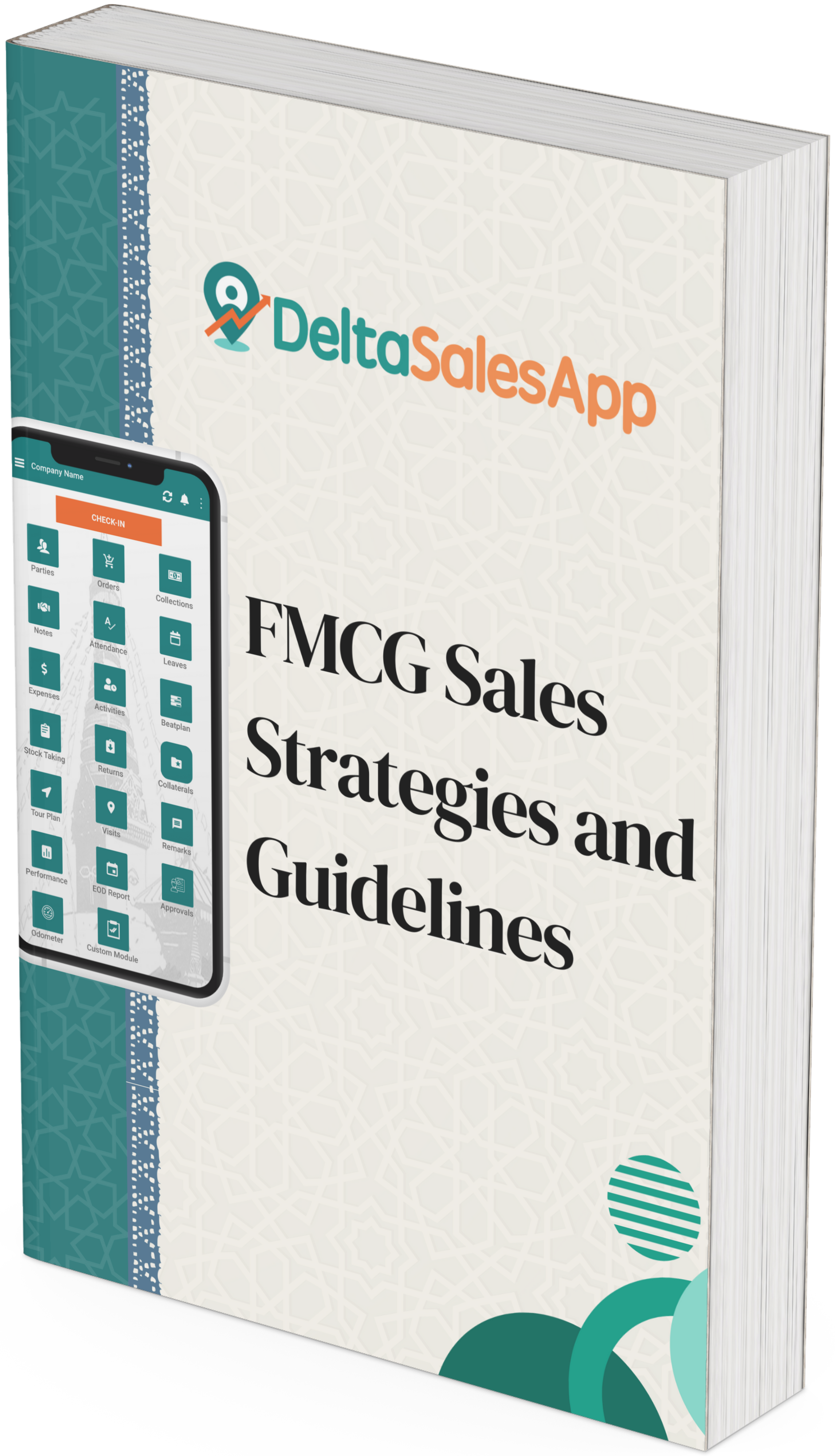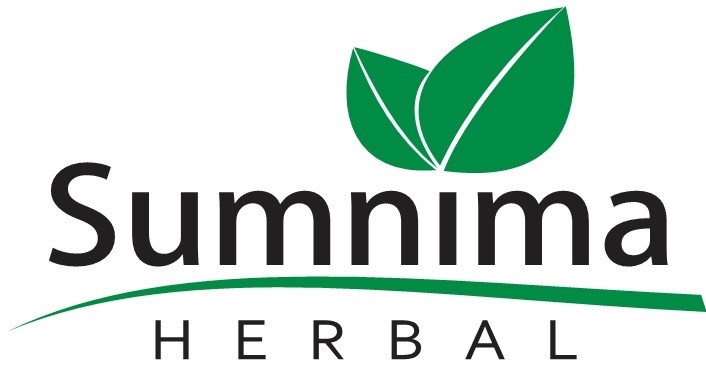Enhancing Sales Efficiency In Paints Distribution

Paint distribution is a competitive industry where managing operations efficiently can make a significant difference in profitability. In a dynamic market with ever-evolving consumer demands, adopting strategies to streamline processes and improve customer satisfaction is essential.
In this blog, we’ll look at key strategies to enhance sales efficiency in the paint distribution industry, focusing on technology integration, team empowerment, and optimized inventory management.
1. Understanding Challenges in Paint Distribution
Paints distributors face unique challenges such as managing a broad product catalog, maintaining stock levels, and meeting tight delivery deadlines. The variety of products, from decorative paints to industrial coatings, adds complexity. Efficient order fulfillment and maintaining strong customer relationships are crucial to success.
2. Optimizing Sales Processes with Technology
Adopting technology to automate manual processes can significantly improve efficiency and reduce errors. Field sales teams, for example, can benefit greatly from mobile sales solutions like Delta Sales App, which enables them to access real-time inventory data, manage customer orders, and track sales performance from the field.
With the Delta Sales App, sales teams can:
View live inventory levels to avoid stockouts or overselling.
Access customer profiles and order history for tailored sales interactions.
Track orders instantly and sync data with the central system in real-time.
Manage product details and streamline product management.
Organize customer details, including GPS locations, improving customer relationships.
This reduces administrative burden and speeds up the sales cycle, allowing your team to focus more on building relationships with customers rather than handling paperwork.
3. Improving Inventory Management
Effective inventory management is a core aspect of distribution. Overstocking leads to increased storage costs, while stockouts can result in lost sales and dissatisfied customers. Two key strategies for optimizing inventory include demand forecasting and automated replenishment.
a. Demand Forecasting and Automated Replenishment
Using historical data, distributors can forecast demand more accurately and adjust their stock levels accordingly. Automated stock replenishment ensures that products are reordered when levels reach a minimum threshold, reducing the risk of stockouts.
b. Just-in-Time (JIT) Inventory
A Just-in-Time approach minimizes storage costs by ordering inventory only when necessary. This strategy works well for products that do not have consistent demand and helps distributors maintain lean inventory levels while reducing costs.
4. Empowering the Sales Team
An effective sales team is key to increasing efficiency and driving revenue. Empowering your sales force with the right training and tools is essential for improving sales performance.
a. Product Knowledge and Sales Training
For a paint distributor, providing in-depth product knowledge helps sales reps make better recommendations to customers. Regular product training ensures they are up to date on the latest paint technologies, eco-friendly options, and emerging industry trends. This boosts confidence and enhances their ability to close sales.
b. Sales Techniques and Motivation
Sales teams should be trained on effective selling techniques, including relationship-building, upselling, and closing deals. Motivating the team through performance tracking and setting achievable targets is equally important.
The Delta Sales App also contributes to team empowerment by allowing managers to track sales performance in real-time. Sales reps can get immediate feedback, which helps in improving their performance and engagement with customers.
5. Strengthening Supplier and Retailer Relationships
Building and maintaining strong relationships with suppliers and retailers is essential for streamlining operations and boosting sales efficiency. Collaborative partnerships ensure timely deliveries, better pricing, and reliable product availability.
Distributors can improve supplier relationships by:
Sharing accurate demand forecasts to help suppliers plan their deliveries.
Negotiating better pricing or payment terms for bulk orders.
Aligning marketing efforts with suppliers to improve product visibility.
At the retail level, fostering good relationships helps secure favorable shelf space and encourage co-marketing opportunities, which in turn boosts sales volume.
6. Leveraging Data to Monitor and Measure Performance
Tracking performance is essential for identifying areas of improvement and optimizing processes. By measuring key performance indicators (KPIs) such as sales per rep, order fulfillment time, and customer satisfaction, distributors can pinpoint inefficiencies and adjust strategies accordingly.
With tools like Delta Sales App, distributors can:
Track real-time sales data.
Identify underperforming sales reps or regions.
Analyze customer buying behavior and adjust marketing strategies.
Generate automated reports and analytics for detailed insights on sales team performance and business growth.
Regular performance analysis also allows managers to identify top performers and provide them with additional training or incentives to maintain motivation.
7. Optimizing Pricing and Promotional Strategies
Pricing plays a crucial role in sales efficiency. Offering the right incentives and promotional offers can drive higher sales volumes and attract new customers.
a. Volume Discounts for Bulk Orders
In the paint industry, bulk orders are common. Offering volume discounts can encourage customers to buy more, thus increasing the average order value. Discounts for bulk purchases can be tailored to target contractors or large commercial customers, boosting sales efficiency.
b. Seasonal Promotions and Loyalty Programs
Seasonal demand fluctuations in the paint market provide opportunities for distributors to offer special promotions. Running seasonal promotions during peak demand periods, such as the start of construction season, can increase sales volume. Similarly, loyalty programs can reward repeat customers, encouraging them to keep coming back for their painting needs.
Conclusion
To remain competitive in the paint distribution market, it’s crucial to adopt strategies that improve sales efficiency. From leveraging technology like Delta Sales App to streamline operations, improve inventory management, and optimize sales processes to empowering your sales team and building strong relationships with suppliers and retailers, every effort counts.
Delta Sales App enhances sales force management by
Tracking field reps' locations and measuring the distance covered.
Enabling field employees to mark attendance and request leaves.
Allowing reps to create custom forms for specific requirements and easily share files.
Managing field expenses, with the ability to approve or reject them at the admin level.
Monitoring and measuring performance regularly ensures that strategies are working effectively, while pricing and promotional efforts can further boost sales. By implementing these strategies, distributors can drive efficiency, improve profitability, and foster long-term growth in the dynamic paint distribution industry.









